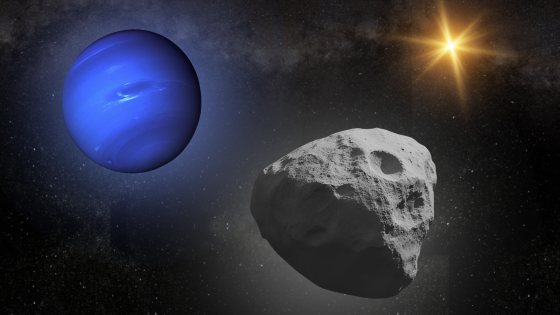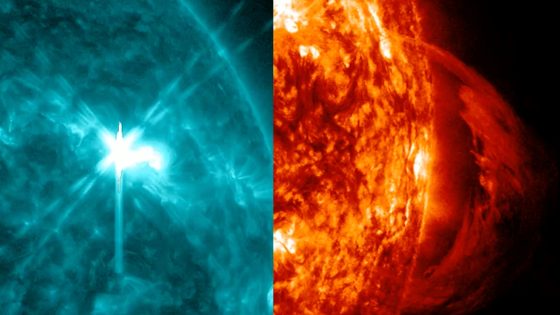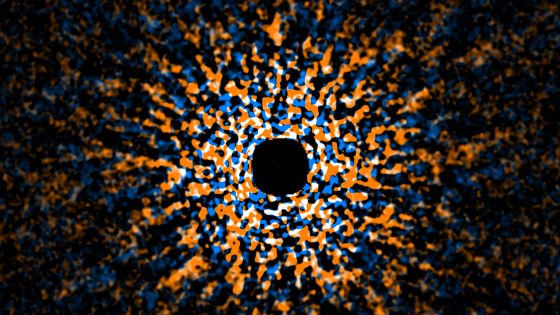Astronomers have recently uncovered a fascinating trans-Neptunian object (TNO) named 2020 VN40, which is locked in a unique orbital dance with Neptune. This discovery sheds light on the dynamics of distant solar system bodies, revealing that 2020 VN40 completes one orbit around the Sun for every ten orbits of Neptune, translating to an astonishing 1,648 Earth years for a single revolution.
- 2020 VN40 orbits once every ten Neptunian years.
- It is a trans-Neptunian object (TNO).
- Discovery aids understanding of solar system dynamics.
- LiDO survey identifies distant solar system objects.
- 2020 VN40 has a highly tilted orbit.
- Vera C. Rubin Observatory will search for similar bodies.
The research team, led by Rosemary Pike from the Center for Astrophysics | Harvard & Smithsonian, believes that 2020 VN40 may have been temporarily captured by Neptune’s gravity. This revelation, published on July 7, 2025, in The Planetary Science Journal, opens new avenues for understanding the solar system’s evolution.
This unusual orbital relationship raises intriguing questions about the formation and movement of celestial bodies in the outer solar system. How many more objects like 2020 VN40 are lurking in the depths of space? This discovery highlights the potential for uncovering more TNOs with unexpected orbits.
- 2020 VN40’s orbit is highly tilted, differing from typical TNOs.
- Its perihelion occurs when Neptune is near the Sun, defying common patterns.
- The research suggests that distant objects can exhibit novel orbital behaviors.
As telescopes like the Vera C. Rubin Observatory come online, scientists are eager to discover more about these enigmatic objects. Could 2020 VN40 be just the beginning of a new era in solar system exploration?






























